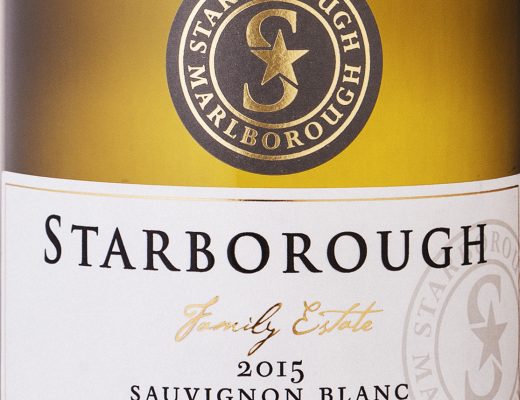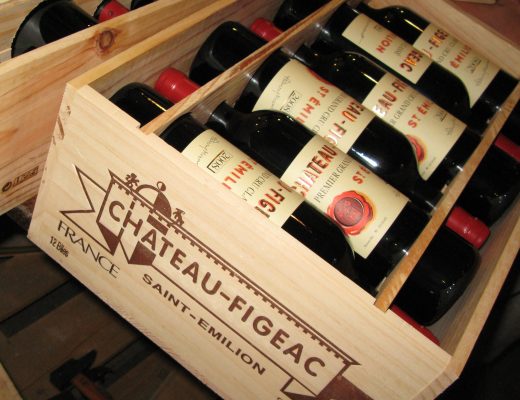Phenolics in Riesling. Not something I’ve given a lot of thought…until now.
At Waipara’s In Praise of Riesling event earlier this week, you couldn’t avoid the issue.
Picking time is crucial to the mouthfeel and ripeness of phenolics (which are found predominantly in the skin, stems and seeds of the grape). The earlier you pick, the higher the acidity and lower the potential alcohol but the less ripe the phenolics. If you ferment the wine to dryness, those phenolics will stick out and give an almost chewy, astringent sensation, like an overstewed cup of tea. Not what you want from a supposedly delicate white.
Leave the grapes on the vine and you get much riper phenolics. Unfortunately many growers don’t have the luxury of leaving the grapes on the vine or they could lose their entire crop to autumn rains and fungal disease. However, you can also reduce the phenolic impression by leaving some residual sugar in the wine as well as reducing skin contact by hand harvesting and whole bunch pressing.
There were clearly wines at the tasting, particularly in the Riesling Challenge*, that had fermented the wine to dryness without the skins being ripe enough. At the next Riesling Challenge in 2012, participants hope the grapes will be picked later.
(*The Riesling challenge took 12 winemakers across New Zealand and provided them with the grapes from the same parcel, picked at the same time. Those who participated in the challenge only saw the fruit for the first time when it arrived at their wineries hence why some are not as successful as they might have been otherwise)
Waipara producers believe grapes produce a regional characteristic of orange zest and spice when they are allowed to hang for longer. For example, a local contract grower left some fruit out on his vines last year, and it was destined for the birds but Matt Donaldson of Pegasus Bay decided it would be better made into wine than as bird feed. The result? “It was so much better than the stuff we had picked a month earlier!”
Mike Weersing of Pyramid Valley, explained: “With Pinot Noir you can’t have more hang time because the acidity drops out and sugar rises but Riesling is a different grape. There is no compulsion to pick early.”
Phenolics are important to a wine’s drive. In an international line up against German and Austrian opponents, Grosset’s Watervale 2009 Dry Riesling (Clare Valley, Australia) looked a poor second in terms of structure. Nick Stock, an Australian wine writer, explained that most Clare Valley producers have to whole bunch press as the grape skins are often sunburnt and would impart unpleasant flavours to the wine. Thus, with no phenolics to drive it, the Grosset relies on acidity for structure.


